Has this ever happened to you? You go to the supermarket looking for squash to add some sweetness to your recipe. Suddenly, you’re standing in front of a billion different types of squash.
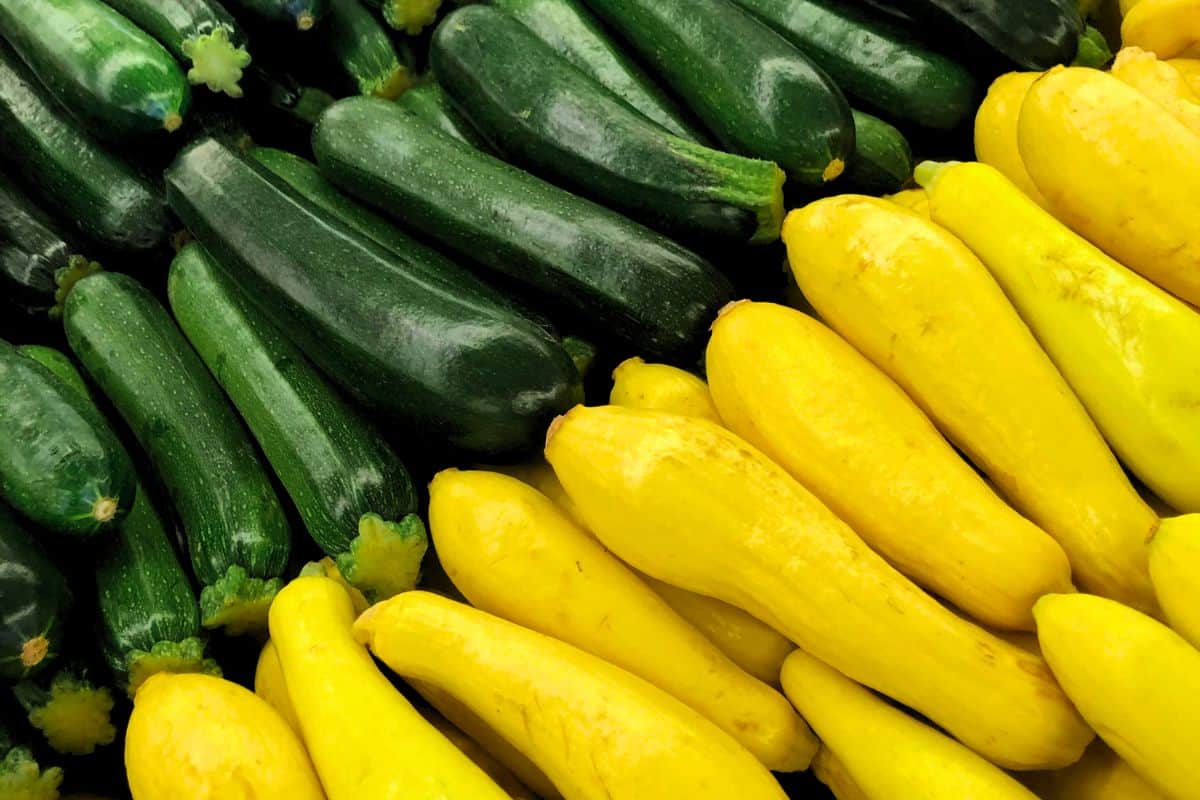
Now you’re overthinking: Which species should you choose? What do they taste like? How do they differ from each other?
Well, that’s what this post aims to answer. We’ll guide you through the most beloved squash species on the market to help you choose the one that meets your needs.
How Many Types of Squash Are There?
There are two main types of squash: winter and summer.
Winter squash has thick, tough skin and is rich in vitamins and fiber, while summer squash is tender with edible skin but has a shorter shelf life.
Within these two categories, you’ll find a wide variety of delicious squash types to explore.
Want to Save This Recipe?
Enter your email and we’ll send the recipe directly to you!
By submitting this form, you consent to receive emails from The Yummy Bowl.
The Different Types of Summer Squash
You want the soft squash with the delicate texture. We get it. Who doesn’t?
Let’s dive deeper into the summer variants to see what your choices are limited to.
🥒 Types of Summer Squash
Jump To
- How Many Types of Squash Are There?
- The Different Types of Summer Squash
- Zucchini
- Chayote Squash
- Cousa Squash
- Yellow Squash
- Fortune Squash
- Gold Rush Squash
- Patty Pan Squash
- Green Egg Squash
- Round Zucchini Squash
- Zephyr Summer Squash
- Tromboncino Squash
- Tatume Squash
- Papaya Pear Squash
- The Different Types of Winter Squash
- Acorn Squash
- Banana Squash
- Butternut Squash
- Buttercup Squash
- Bonbon Squash
- Honeynut Squash
- Honey Bear Squash
- Guatemalan Blue Squash
- Hubbard Squash
- Carnival Squash
- Delicata Squash
- Kabocha Squash
- Red Kuri Squash
- Final Thoughts
- Did you like this article?
- Comments
Zucchini
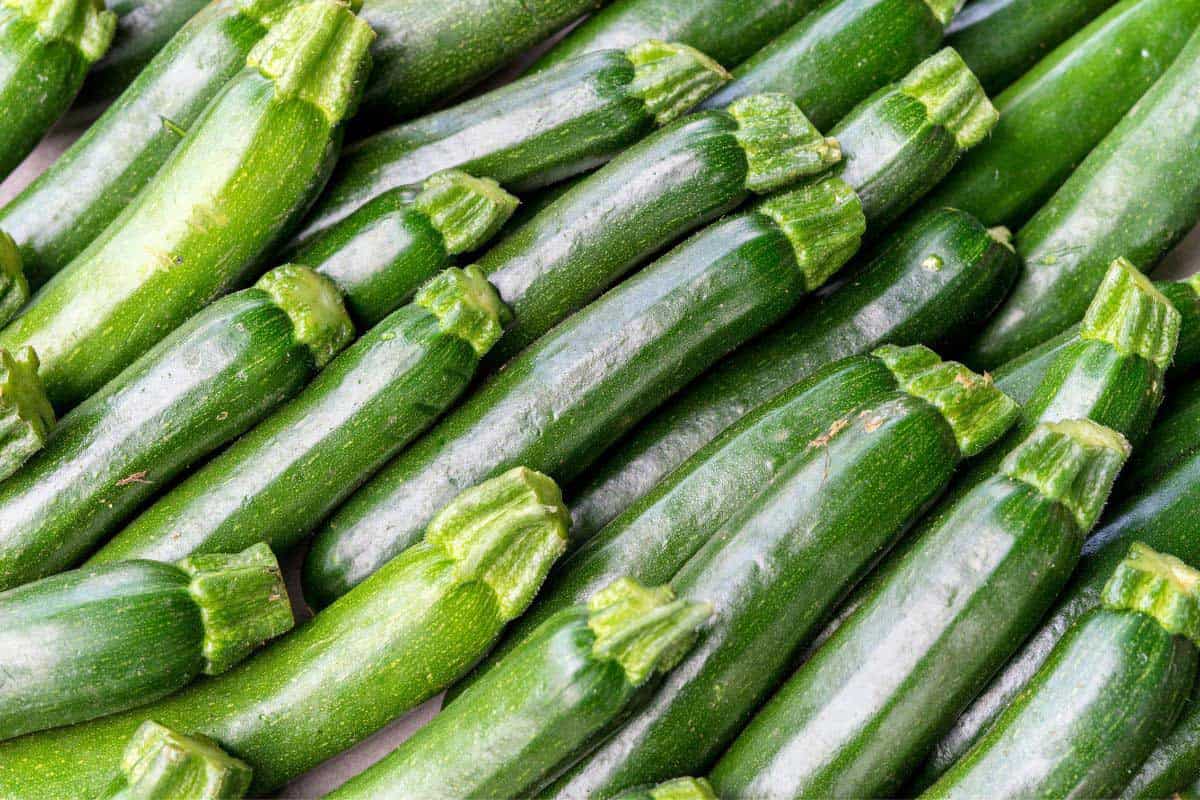
You probably saw this one coming. We can’t make a squash list without mentioning zucchini.
The classic green zucchini is one of the most popular summer squashes, with dark green speckled skin, white flesh, and a small stem. While available year-round, it’s at its flavorful peak in summer.
Chayote Squash
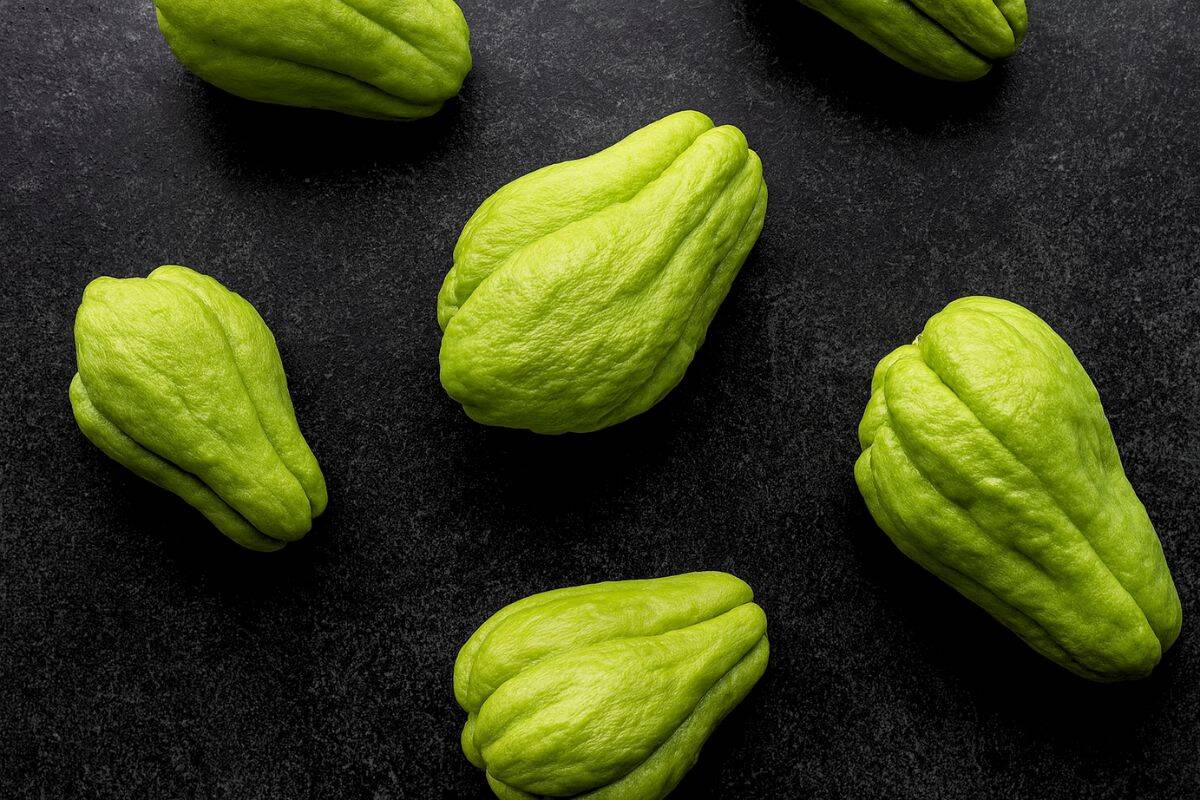
Chayote squash, with its green, pear-like shape and bumpy skin, is easily mistaken for fruit but offers a mild flavor that works in both sweet and savory dishes.
🍴 Best For: Enjoyed raw in salads or slaws, lightly steamed, or added to stir-fries. Also great for stuffing or blending into creamy soups.
Cousa Squash
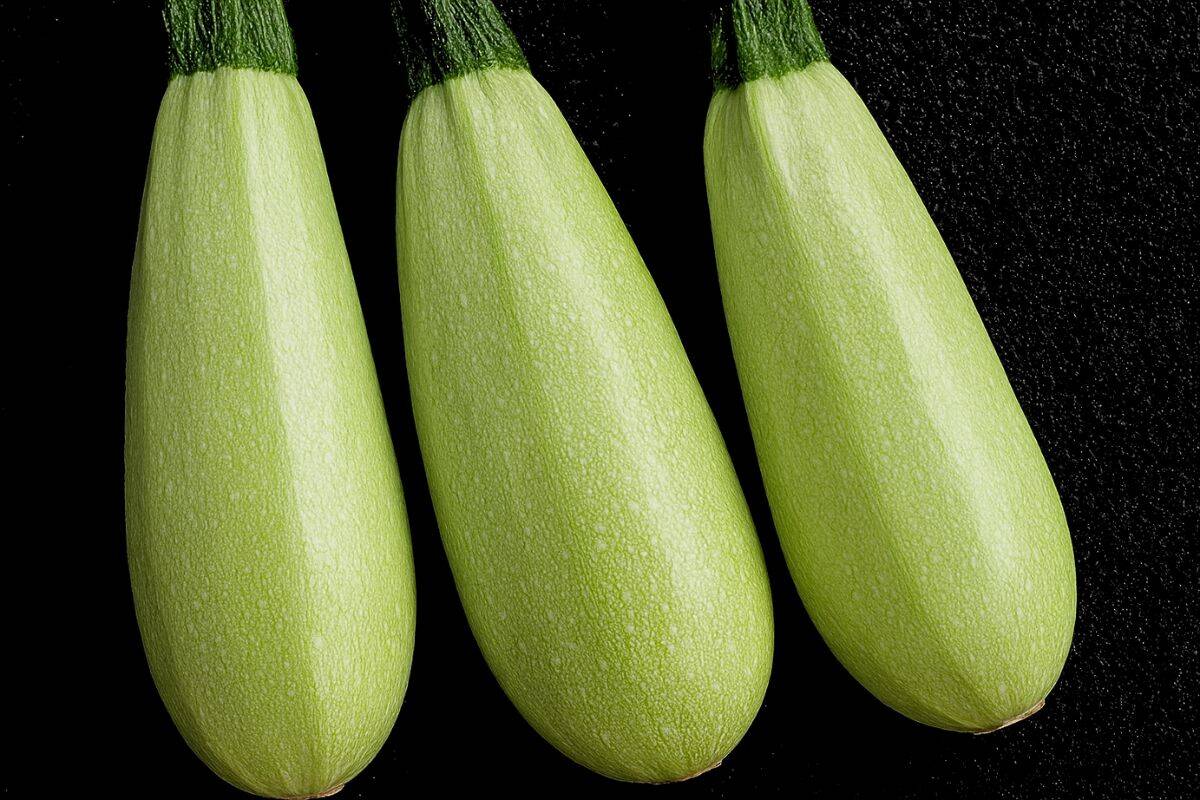
Cousa squash looks like a small, pale zucchini but has a sweeter flavor. Its rounded shape makes it perfect for stuffing, though it’s also delicious roasted or sautéed.
🍴 Best For: Ideal for slicing raw into salads, adding to stir-fries, or roasting for a tender, mild flavor.
Yellow Squash
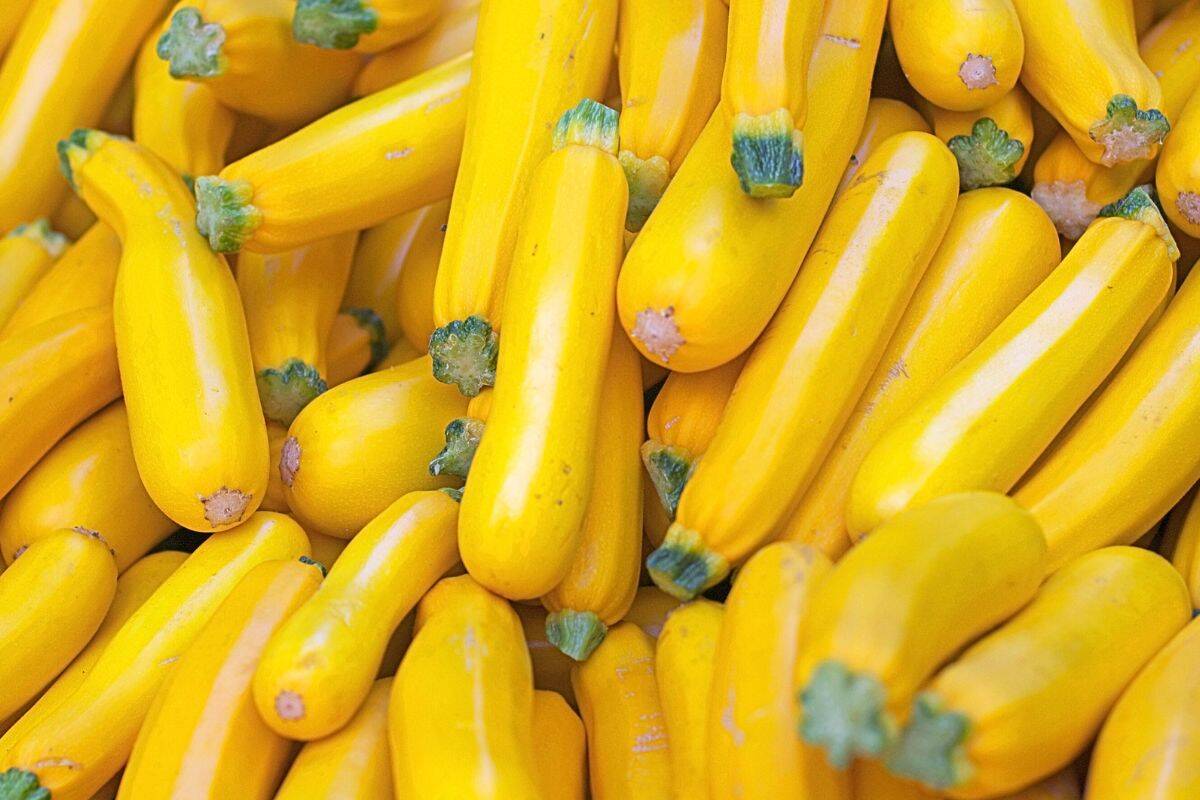
Yellow squash, a bright cousin of zucchini, comes in crookneck and straightneck varieties with a tender, sweet flavor. It’s perfect for grilling, roasting, or spiralizing into colorful zoodles as a zucchini alternative.
🍴 Best For: Excellent for grilling, roasting, or spiralizing for colorful pasta dishes.
Fortune Squash

Fortune squash, with its pale-yellow skin and small size, can easily be mistaken for an unripe vegetable. Its unique color and compact shape set it apart, making it a distinctive addition to the summer squash family.
🍴 Best For: Great for roasting or sautéing, with a mild sweetness similar to yellow squash.
Gold Rush Squash
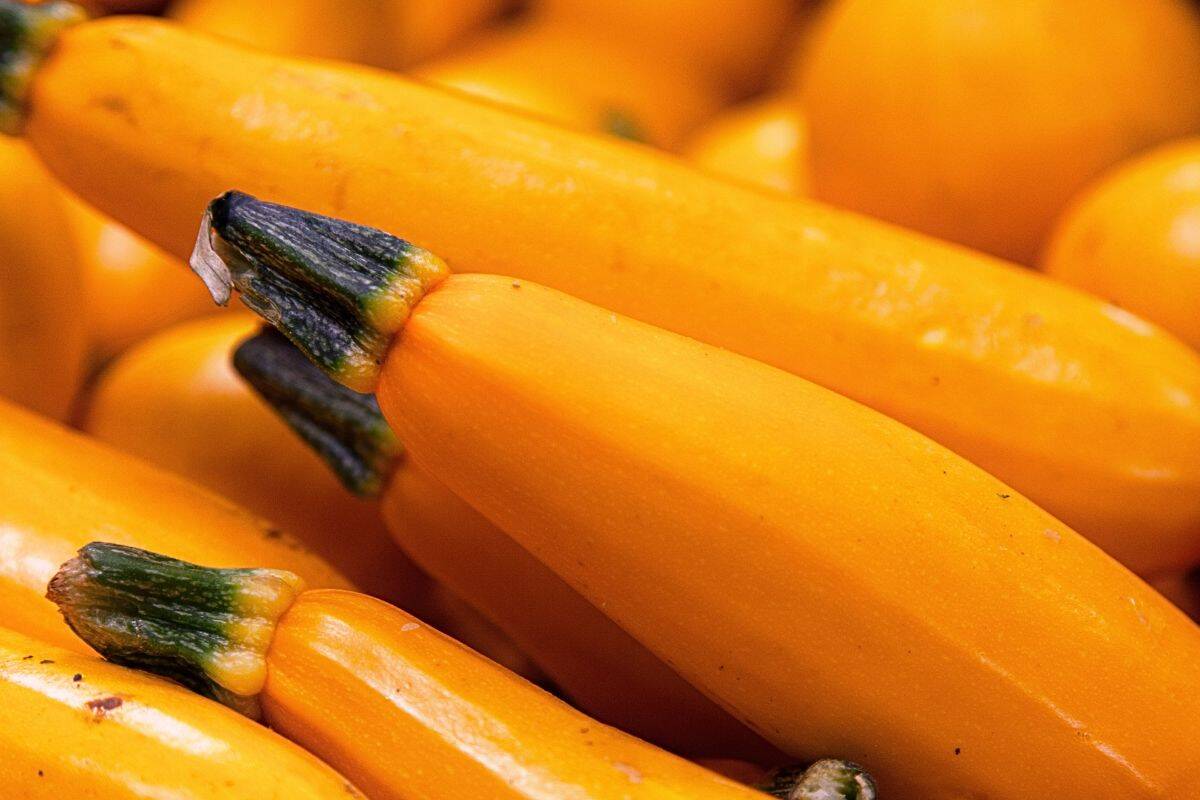
Gold rush squash stands out with its deep golden-yellow skin and a green top resembling a small zucchini. Its rich color and distinctive stem make it easy to spot among other summer squash varieties.
🍴 Best For: Works beautifully raw in salads or lightly steamed to maintain its golden color.
Patty Pan Squash
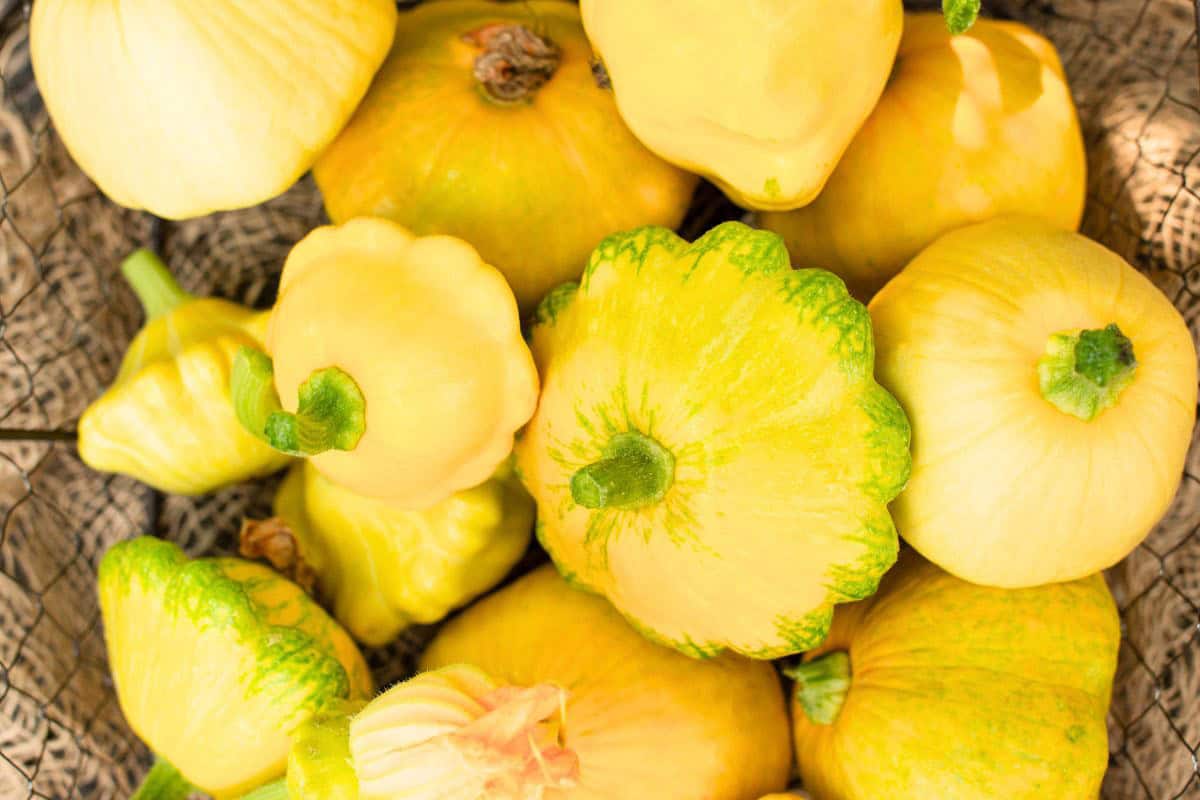
Patty pan squash, with its round, scalloped shape, is one of the most visually unique squash varieties. Found in yellow, green, or white and ranging from coin-sized to palm-sized, it offers a mild sweetness and endless visual appeal.
🍴 Best For: Perfect for roasting whole, grilling, or stuffing with cheese and herbs.
Green Egg Squash
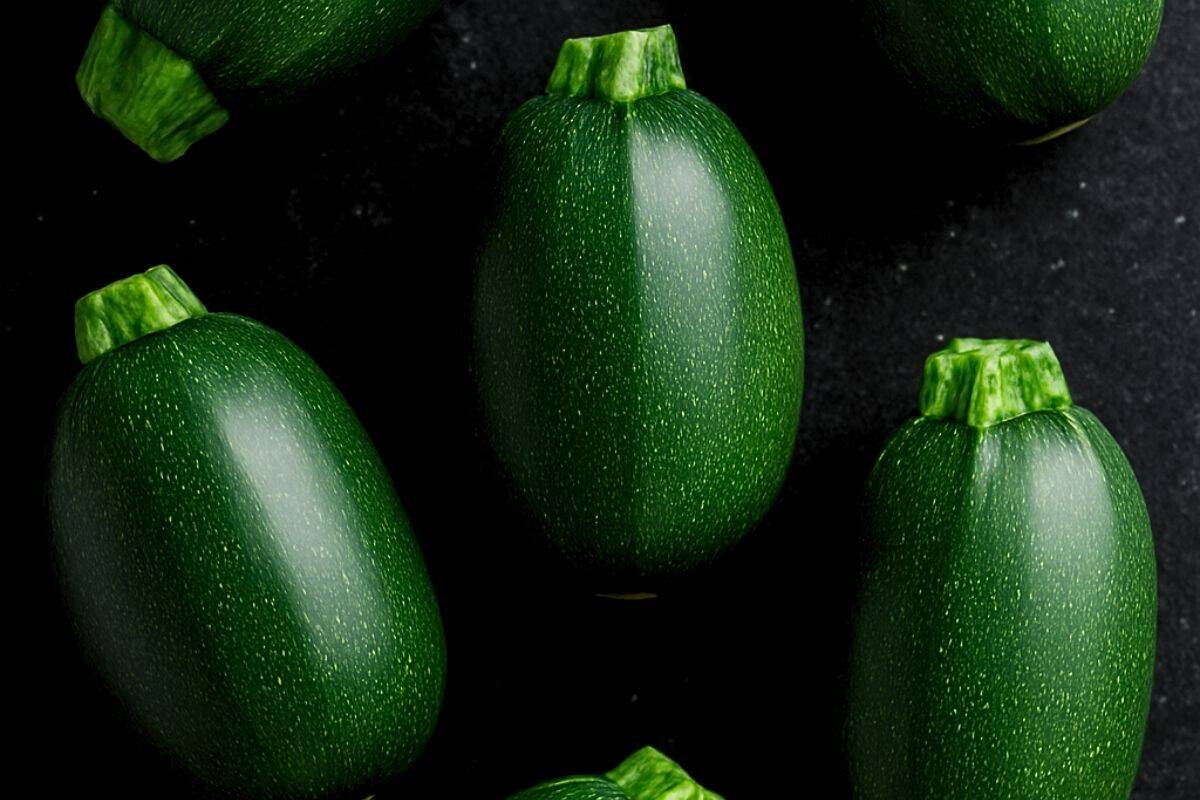
Green egg squash, resembling a cross between a zucchini and a watermelon, is small, round, and usually under five inches long. Its flavor is similar to zucchini, making it an easy substitute in recipes.
🍴 Best For: Delicious grilled or sliced into stir-fries; holds texture well.
Round Zucchini Squash
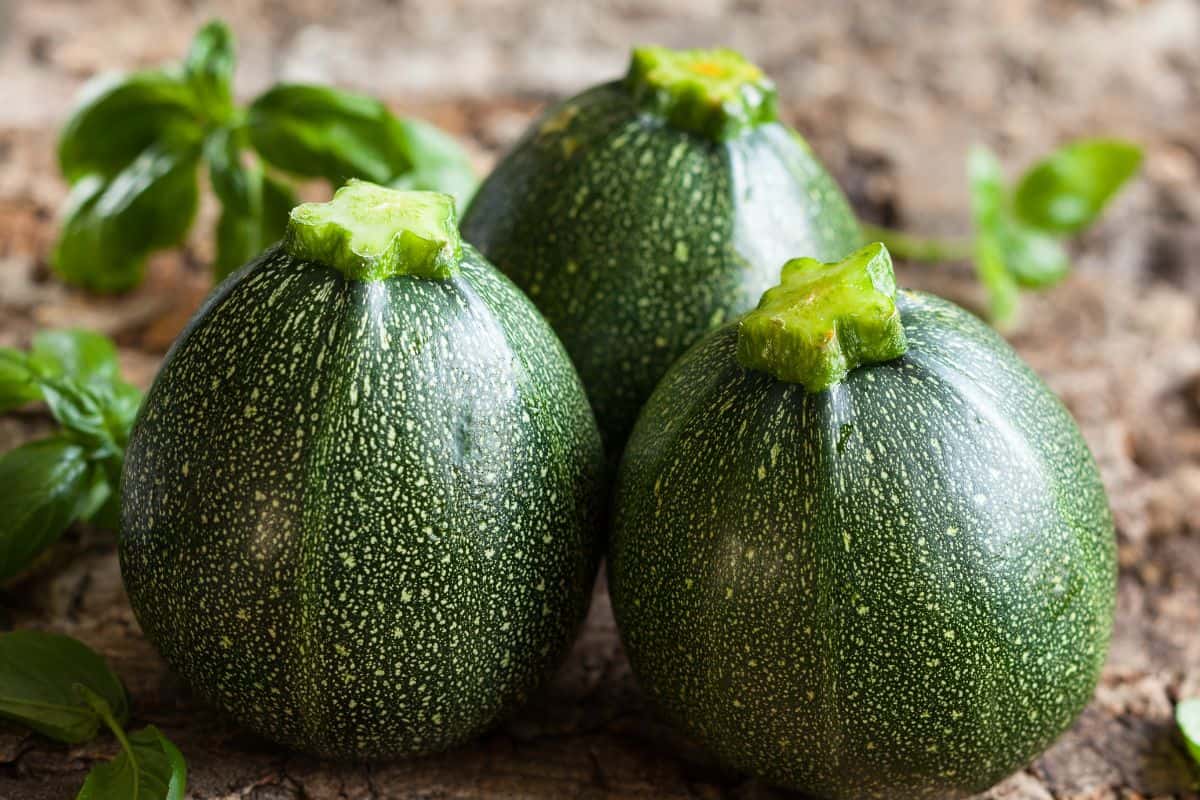
Round zucchini, or 8-ball zucchini, is a green-striped, dotted variety that comes in shades from pale to deep green. Its hollowed shape makes it perfect for stuffing with a variety of fillings.
🍴 Best For: Ideal for stuffing with meats, veggies, or grains.
Zephyr Summer Squash
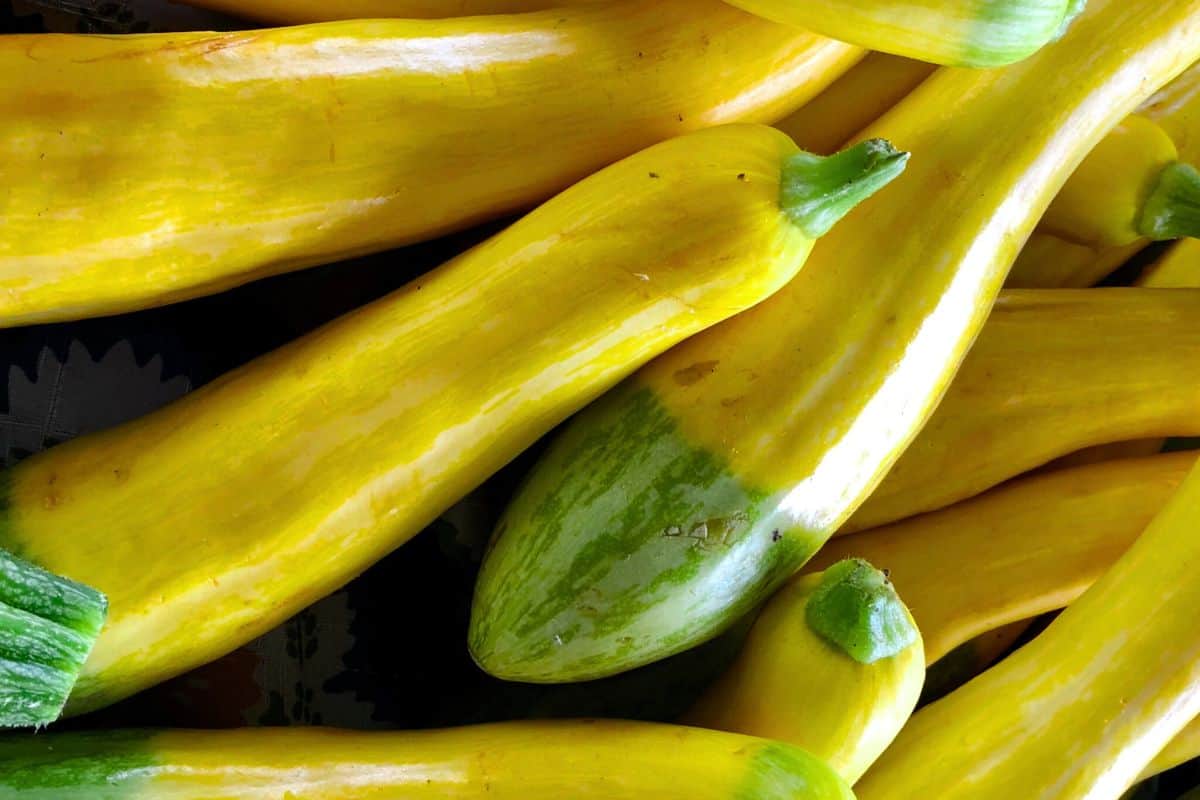
Zephyr squash stands out with its two-tone yellow and green coloring, a result of crossing delicata-acorn and yellow crookneck squash. Its striking appearance is matched by a uniquely nutty flavor.
🍴 Best For: Great roasted, grilled, or sautéed to showcase its nutty flavor.
Tromboncino Squash
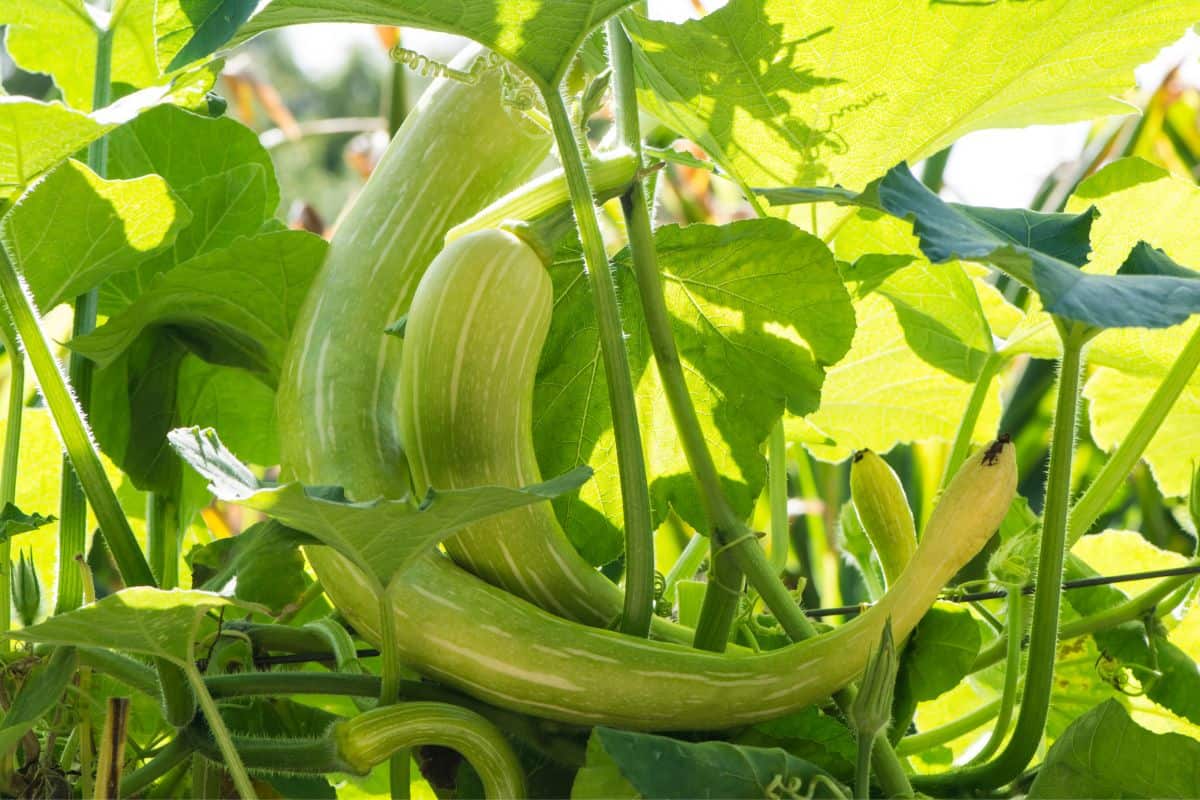
Tromboncino squash is a long, curved variety that can grow up to three feet and even form loops as it matures. Unlike most summer squash, it has a notably longer shelf life, making it a standout among its peers.
🍴 Best For: Excellent for slicing into long ribbons for pasta dishes or roasting whole.
Tatume Squash
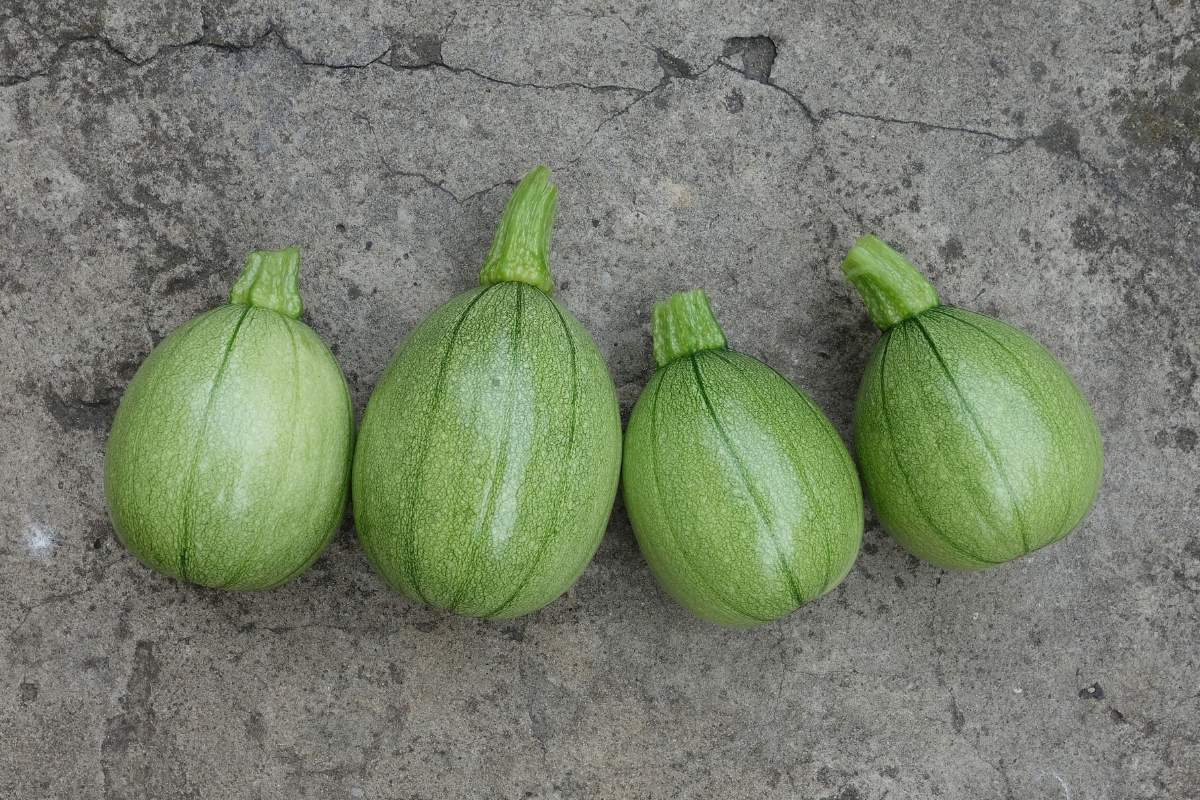
Tatume squash can be harvested young as a tender summer squash or left to mature like a winter variety. Small and round, about the size of a baseball when picked early, it’s especially popular for stuffing.
🍴 Best For: Wonderful for stuffing or grilling, with a mild sweet flavor.
Papaya Pear Squash

Papaya pear squash, with its bright yellow skin, occasional green markings, and long green stem, is easy to spot among other varieties. While its appearance is striking, its flavor is the familiar mild sweetness common to many squashes.
🍴 Best For: Perfect roasted, sautéed, or sliced into summer salads.
The Different Types of Winter Squash
So, summer finally passed by, and before you know it, it’s winter again. What type of squash can you eat during that season?
Acorn Squash

Acorn squash, named for its acorn-like shape, has dark green skin with yellow-orange patches that signal freshness. Its mild flavor pairs well with herbs and syrups, and the skin is edible, saving you the trouble of peeling.
🍴 Best For: Roasting halves with butter and spices, stuffing with grains or vegetables, or baking for a naturally sweet side.
Banana Squash
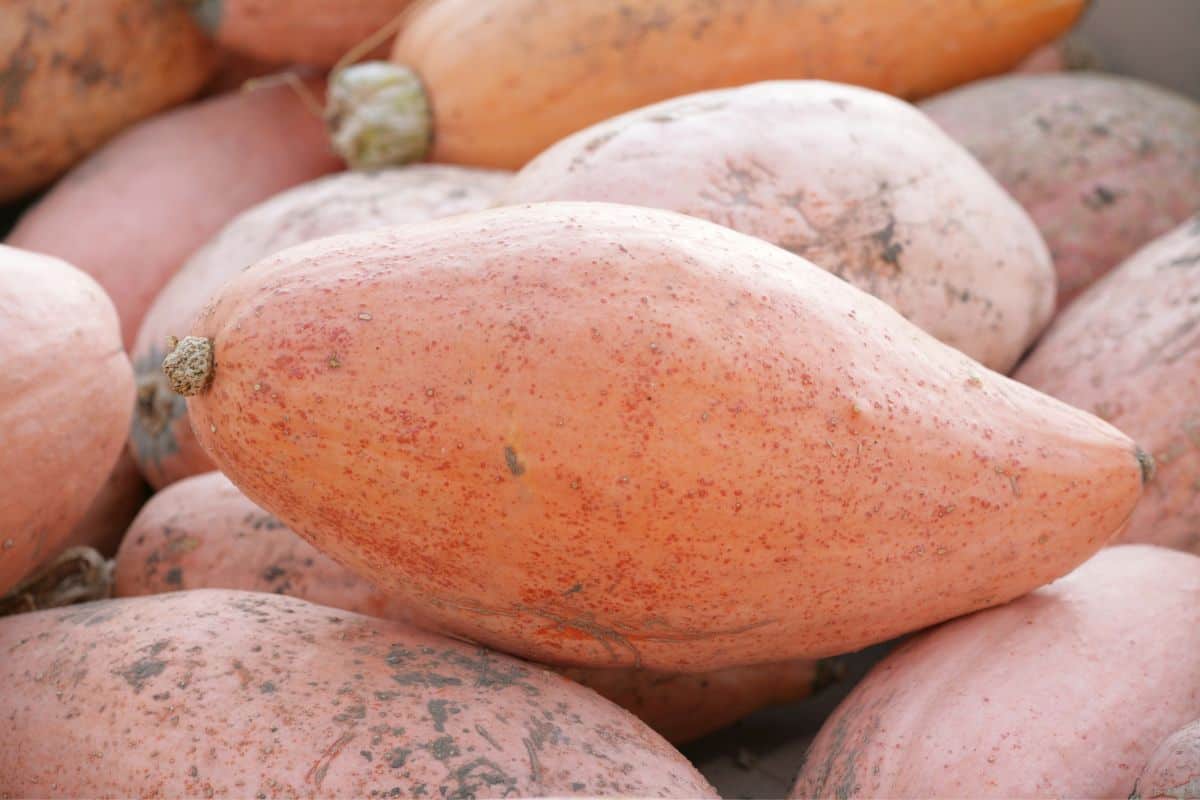
Banana squash is a large, cylindrical variety with orange-pink skin that can grow up to three feet long. Available year-round but best in fall and winter, it has sweet, earthy flesh and inedible skin.
🍴 Best For: Making creamy soups, roasting large slices, or mashing into casseroles.
Butternut Squash
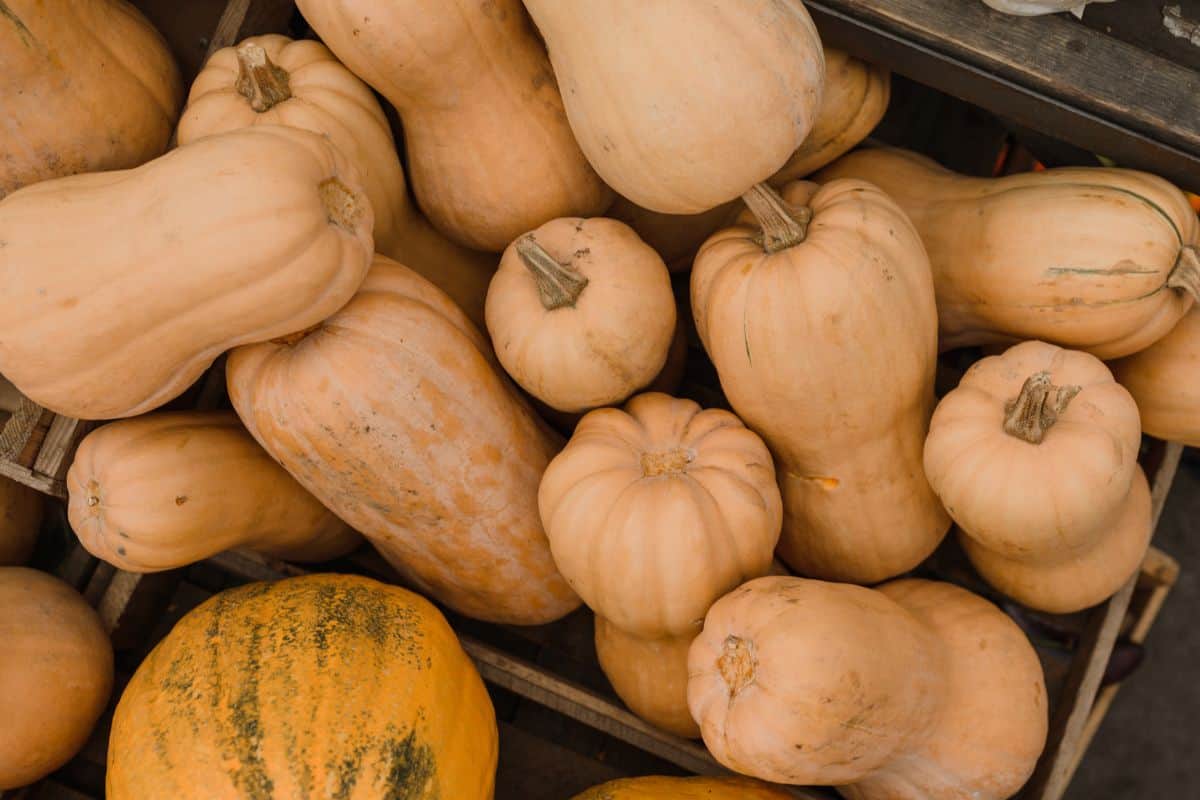
Butternut squash, with its bulbous shape, beige skin, and deep orange flesh, is one of the most popular and versatile squashes. Available year-round but best in fall and winter, it has a sweet flavor reminiscent of sweet potatoes or butterscotch and works well in everything from soups to roasts.
🍴 Best For: Roasting cubes for salads, blending into soups, or pureeing for pasta sauces and baked goods.
Buttercup Squash
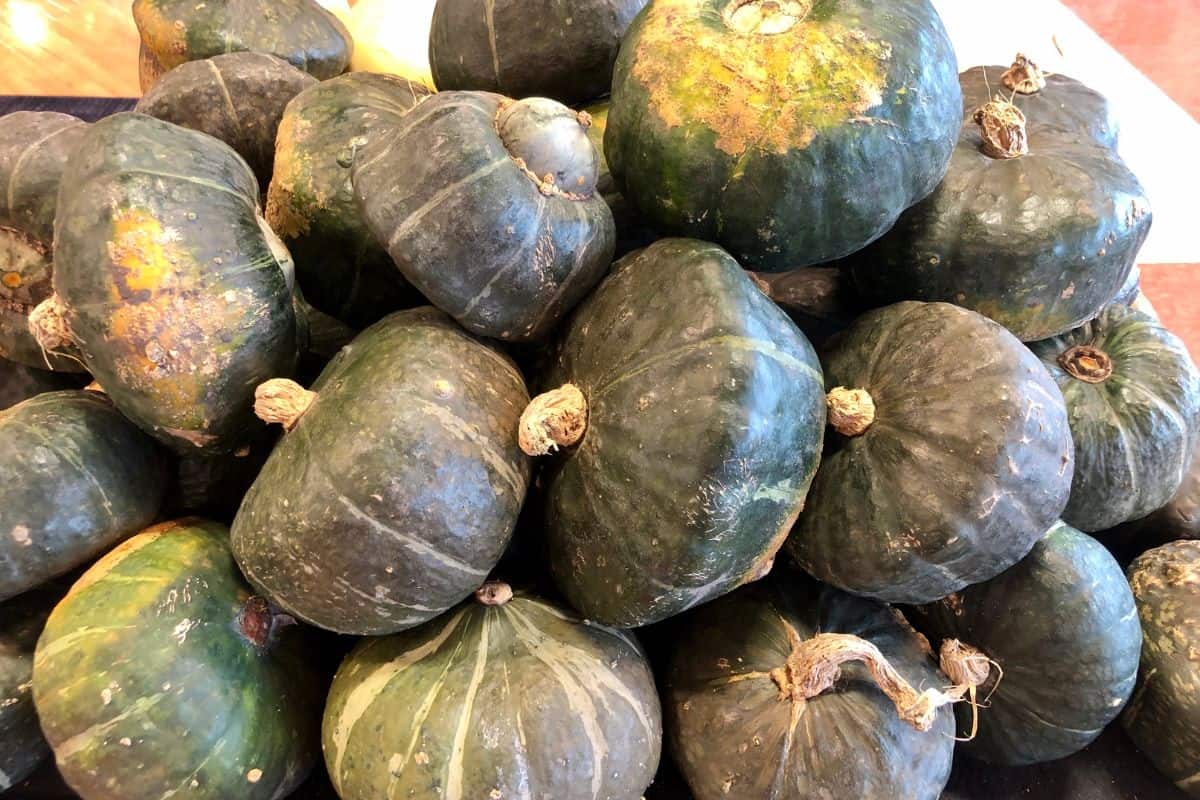
Buttercup squash has a dark green, splotchy exterior that hides its vibrant orange, sweet, and creamy flesh. Though tricky to peel, it’s best halved and scooped, making it a flavorful favorite among winter squashes.
🍴 Best For: Baking or roasting to enhance its creamy sweetness; excellent for mashing or making pies.
Bonbon Squash
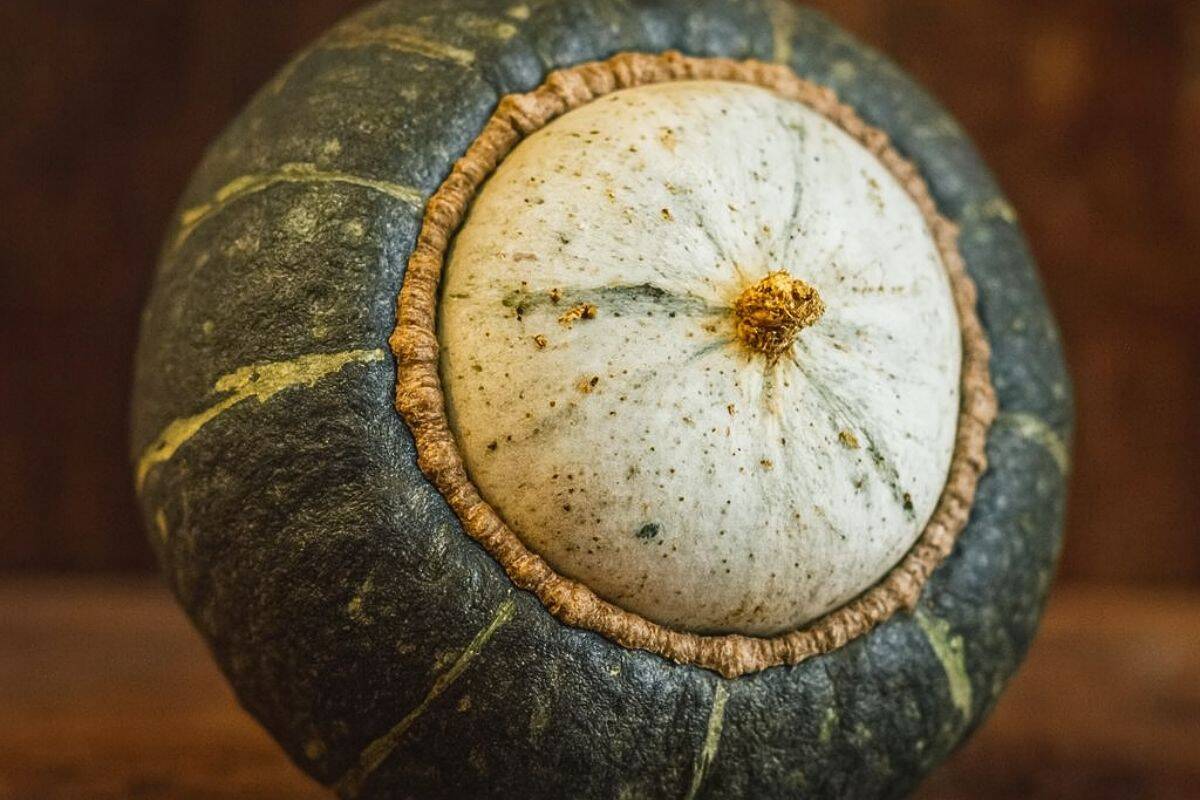
Bonbon squash, resembling a small watermelon with dark green skin, light green stripes, and bright orange flesh, is named for its sweet, candy-like flavor. Compact and disease-resistant, it’s a gardener’s favorite and adds rich taste and aroma to pies.
Pro tip: You can scoop the filling out and use the skin as decorations. You’re welcome!
🍴 Best For: Sweet pies, roasted vegetable medleys, or scooping out the flesh for side dishes.
Honeynut Squash
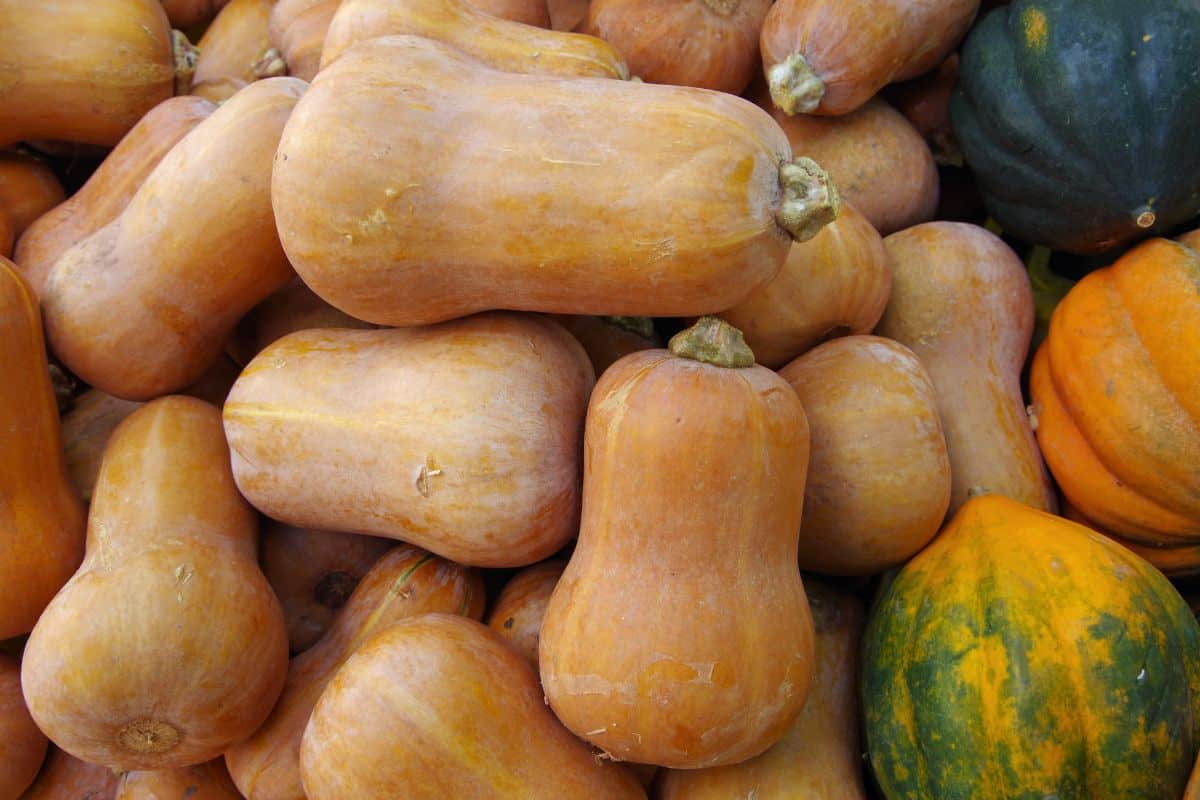
Honeynut squash is a smaller, sweeter hybrid of butternut squash with darker flesh and thin, tender skin that doesn’t need peeling. It works perfectly in any recipe where you’d use butternut.
🍴 Best For: Roasting whole or halved for an intense sweetness; perfect for soups and purées.
Honey Bear Squash
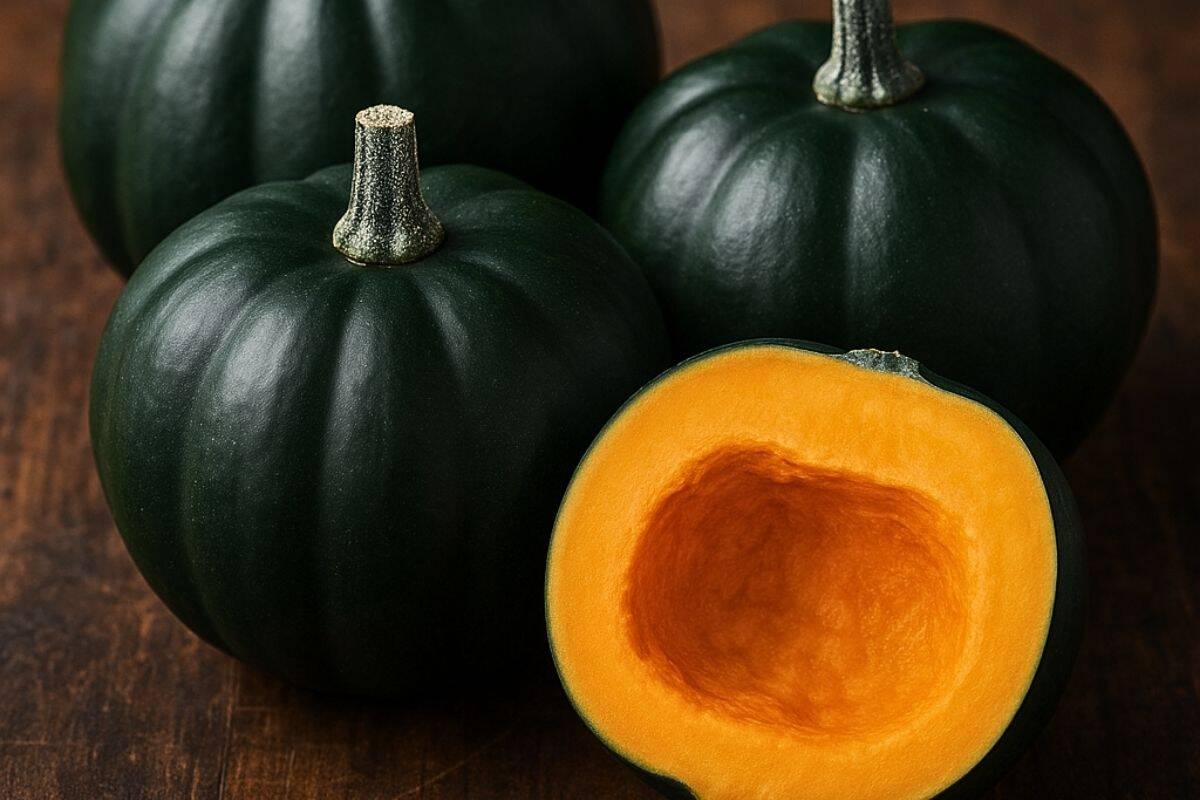
Honey Bear squash, a hybrid of acorn squash, looks like a small dark green pumpkin but delivers a sweeter, more intense flavor. Compact and easy to grow, it’s often baked and served in individual half-shells.
🍴 Best For: Baking halves for individual servings or stuffing with grains, nuts, and dried fruit.
Guatemalan Blue Squash
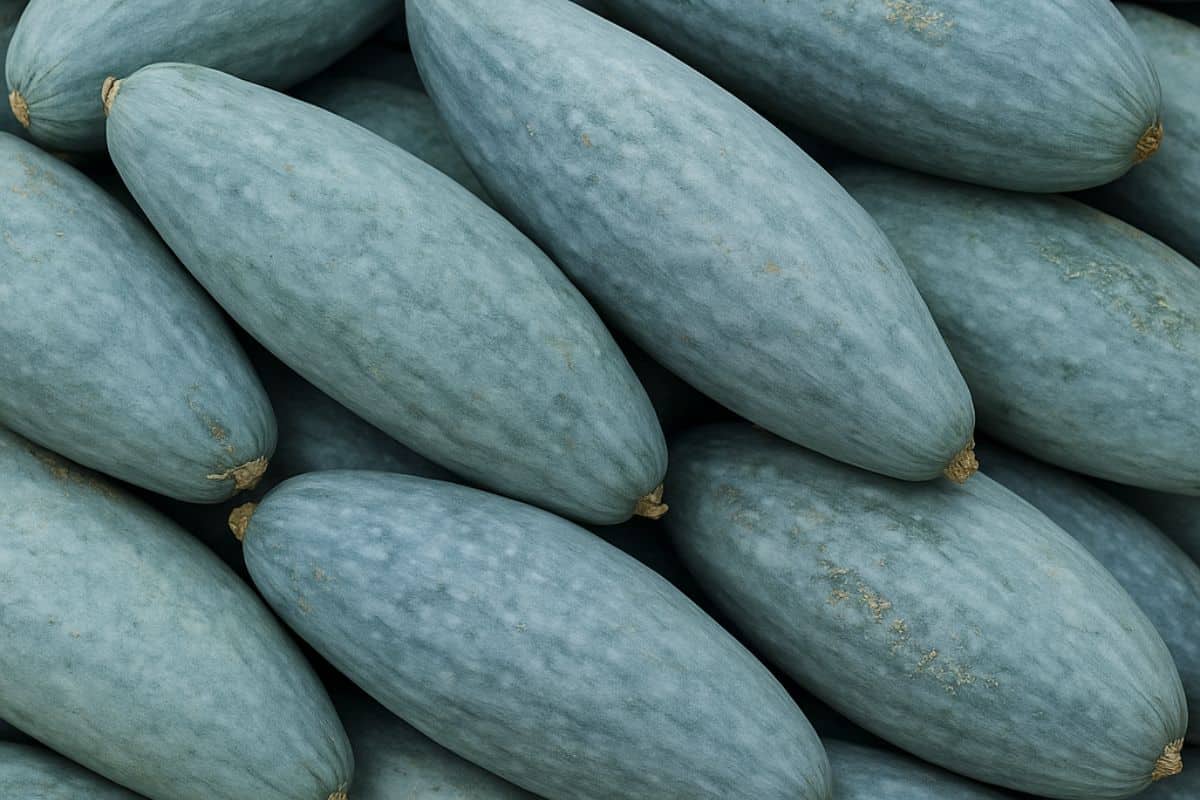
Guatemalan Blue squash, with its pale, dusty skin, hides vibrant, firm flesh inside that’s sweet and creamy. Grown mainly in Guatemala, it’s a rarer find compared to other squash varieties.
🍴 Best For: Roasting or baking to bring out its creamy texture; makes great soup bases.
Hubbard Squash
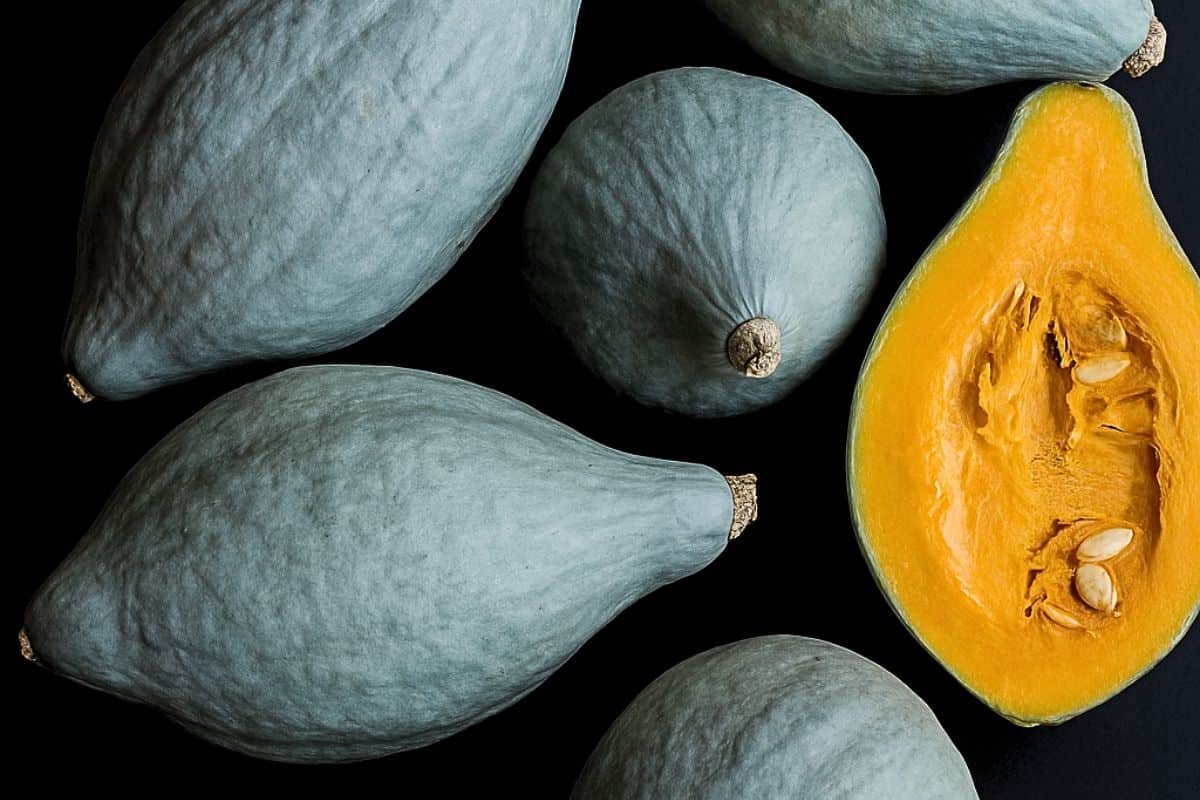
Hubbard squash has a pale green or white bumpy skin with brown speckles, but inside reveals sweet, buttery orange flesh perfect for soups and desserts. Large and hard-skinned, it can be tricky to cut but worth the effort.
🍴 Best For: Roasting large chunks, making purées, or adding to hearty stews.
Carnival Squash
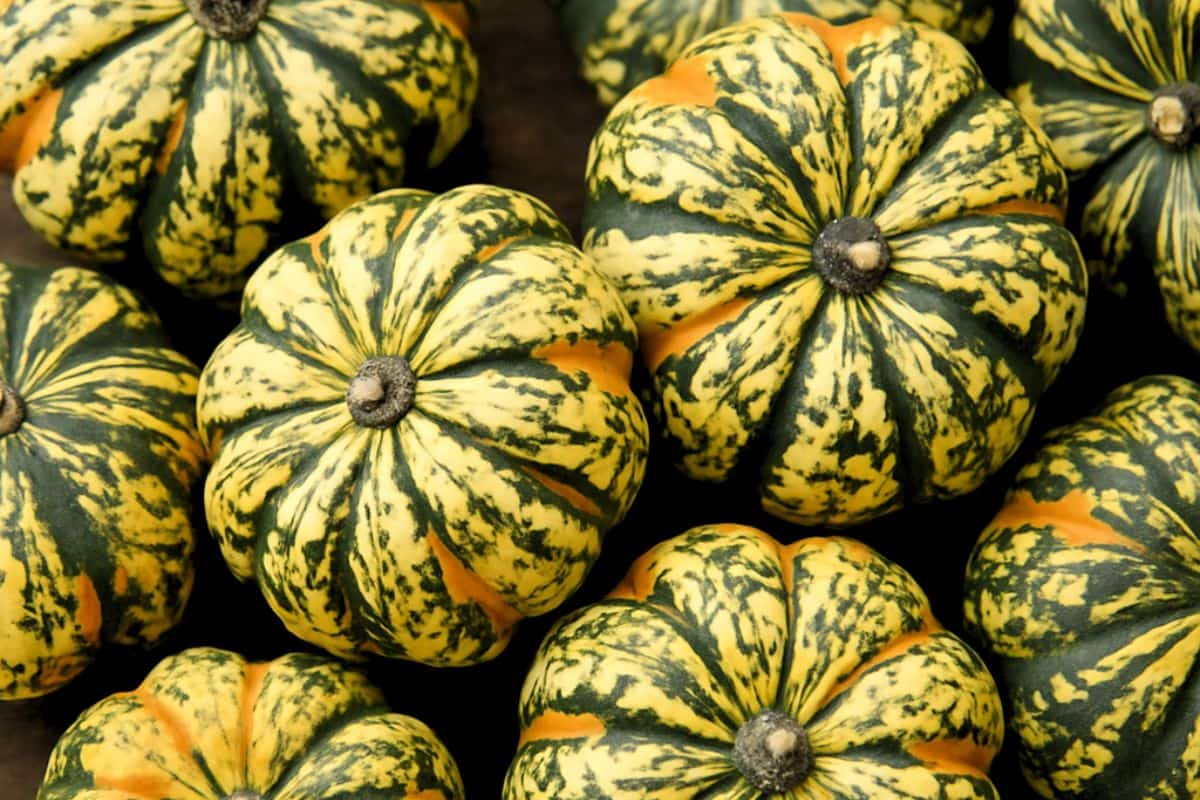
Carnival squash, a cross between acorn and dumpling varieties, has a creamy skin patterned with green stripes and orange speckles. Though its raw flesh is pale and coarse, cooking transforms it into tender, sweet, and nutty perfection.
Fun fact: Some people love the dotted, colorful aesthetics of the carnival squash. So, they use it as decoration. If that appeals to you, now you know what to do for next year’s Halloween.
🍴 Best For: Baking or roasting to highlight its nutty flavor; also works well as a decorative centerpiece before cooking.
Delicata Squash
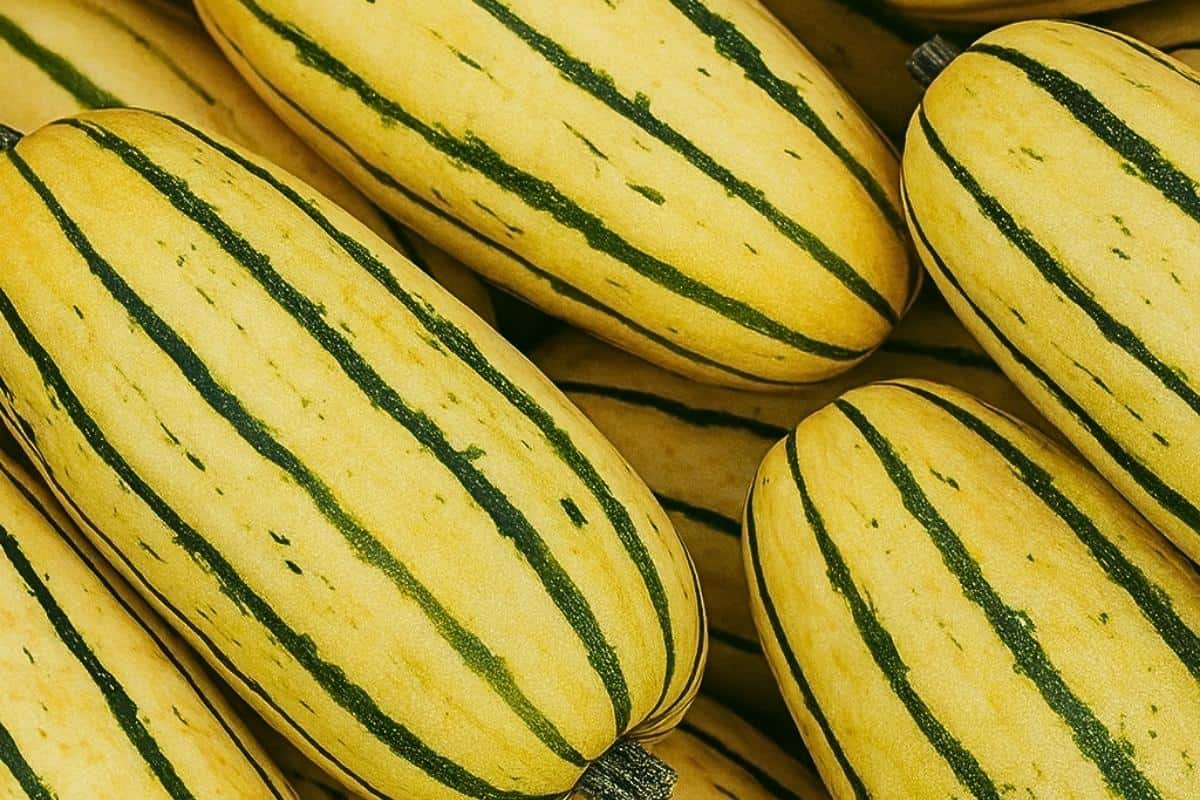
Delicata squash, with its thin, edible skin and creamy yellow color with green stripes, has a sweet flavor reminiscent of pumpkin pie and corn. Easy to prepare, it’s often baked, sautéed, or stuffed.
🍴 Best For: Roasting with the skin on for easy prep; delicious when stuffed or baked with sweet or savory fillings.
Kabocha Squash

Kabocha squash, a Japanese variety with dull, knobbly skin and vibrant orange flesh, is prized for its sweet, rich flavor. Peaking in winter and early fall, it’s denser and more flavorful than many squashes, with edible skin that’s often peeled before cooking.
🍴 Best For: Tempura frying, roasting, or pureeing for soups with a rich, sweet flavor.
Red Kuri Squash

Red kuri squash, with its vibrant red-orange skin and pointed tip, has sweet, chestnut-like flesh that’s as beautiful as it is flavorful. It’s versatile in both savory dishes like soups and stews and in baked goods.
Pro tip: If you think the outer skin is too hard, try microwaving or steaming it. It’ll become so delicate and tender that you won’t even have to peel it.
🍴 Best For: Soups, stews, and casseroles; its chestnut-like flavor also shines in baked goods.
Final Thoughts
Now, you’ve become a squash expert capable of identifying the different types of squash on the market. Although most of them have common characteristics, like the sweet flavor, each species offers a different experience.
So, identify your needs as a consumer, inspect all the potential variants you can buy, and choose the one that caters to these needs.
Did you like this article?
Please leave a comment and share it on Instagram, Facebook, and Pinterest!


Comments
No Comments